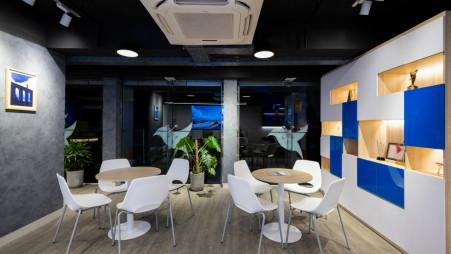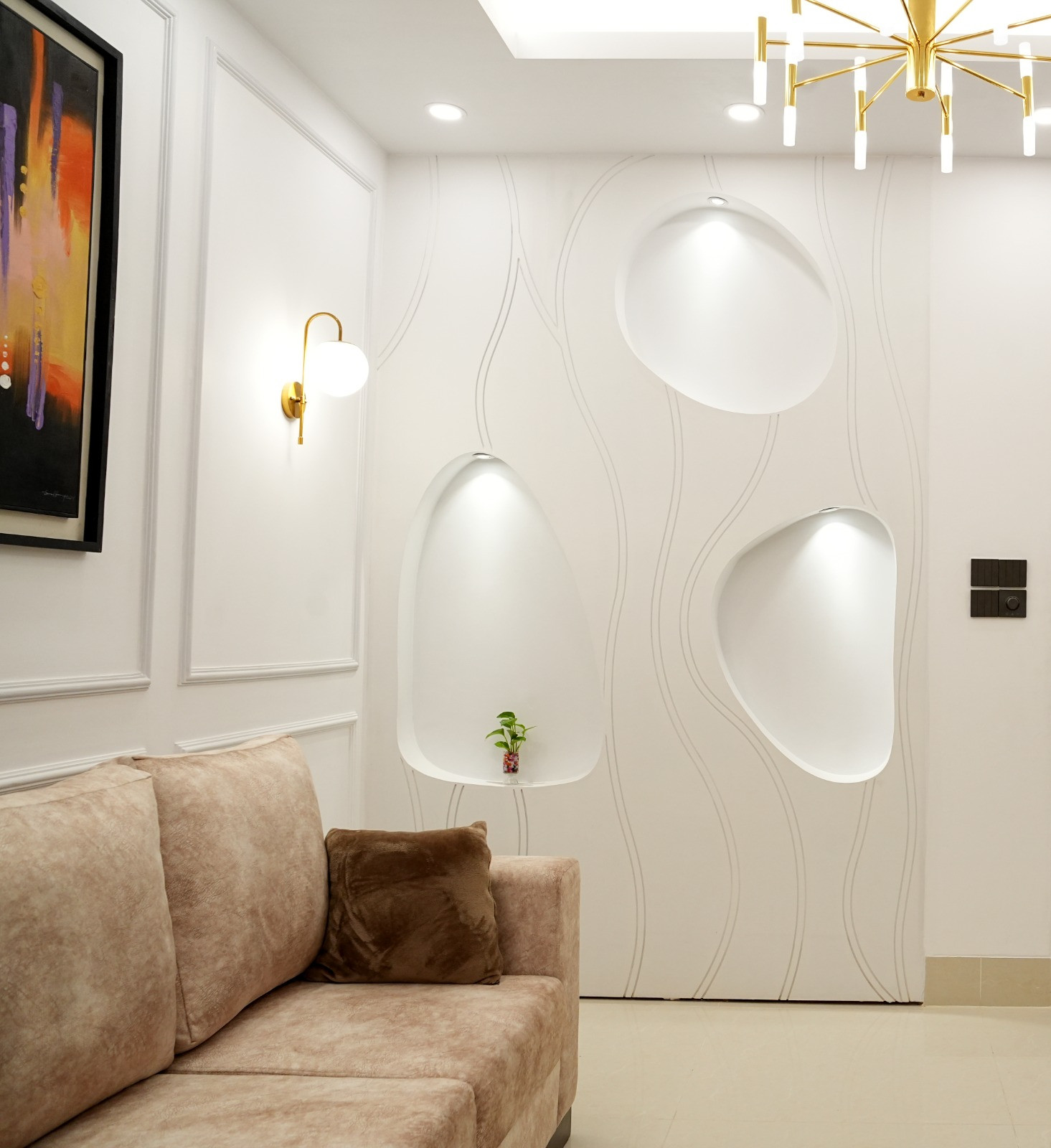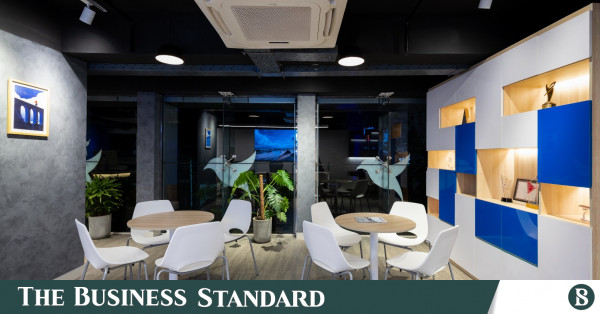Today, lighting defines not only how we see a space but also how we experience it
20 October, 2025, 09:55 pm
Last modified: 20 October, 2025, 10:18 pm
Indirect lighting placed under cabinets, or inside glass shelves, subtly illuminate a space without revealing their source, creating a sense of depth and warmth.
Photos: Srishty achitects and consultancy
“>

Indirect lighting placed under cabinets, or inside glass shelves, subtly illuminate a space without revealing their source, creating a sense of depth and warmth.
Photos: Srishty achitects and consultancy
There was a time when interior lighting meant only the fluorescent tube light. It had a single tone, one colour, and served a purely functional purpose. But over time, people began seeking more than just brightness. They started to value both aesthetics and functionality, turning lighting into one of the most powerful design tools in modern homes.
Today, lighting defines not only how we see a space but also how we experience it. According to Tasnim Kabir Turji, founder architect and owner of Srishty Architecture and Consultancy, “Lighting is not just about visibility; it is more about setting an ambience, and comfort based on many factors.”
Turji shared that lighting has become an essential part of interior design because it brings out the best in every space. “At the end of the day, we want to see the glamour of lighting,” she said. “If the lights are not turned on, the features of a space do not stand out.”
Keep updated, follow The Business Standard’s Google news channel
Ambient lighting
“>

Ambient lighting
For this reason, she emphasised defining lighting types from the very beginning of a project. These include task, ambient, accent, and feature lighting — each serving a distinct function in setting the mood and highlighting design elements.
She explained that modern apartments are often compact, with one room serving multiple purposes. Many people now use their bedrooms as study or work areas, which makes adaptable lighting essential. Since every activity demands a different atmosphere, lighting that can adjust its tone and brightness helps create the right mood.
Task lighting at workspaces works best at 6000K, enhancing focus, concentration, and visibility.
“>

Task lighting at workspaces works best at 6000K, enhancing focus, concentration, and visibility.
Turji added that homeowners prefer multifunctional lighting that serves both function and aesthetics. She recommended natural warm white tones between 3500K (Kelvin) and 4000K for shared areas such as living rooms, bedrooms and lounges to create a cosy, welcoming ambience, while cooler tones between 4000K and 6000K work best in workstations for better concentration, focus and visibility.
It is crucial that the colour and type of lighting always vary based on the space they serve.
She highlighted the growing preference for concealed ceiling lights, spotlights, and pendant fixtures that blend seamlessly into the architecture. Minimalistic pendant lights with metal finishes or sculptural shapes have become especially popular for both residential and commercial interiors.
Bracket lights, mounted elegantly on walls, cast a warm and focused glow that enhances any space.
“>

Bracket lights, mounted elegantly on walls, cast a warm and focused glow that enhances any space.
Meanwhile, magnetic track lights have become a popular choice among clients with higher budgets who want to add a distinctive touch to their interiors. These adjustable fixtures can rotate and shift direction, making it easy to highlight artworks, feature walls, or statement furniture pieces while offering both flexibility and a sleek, modern aesthetic.
Indirect and diffused lighting has changed how interiors feel, replacing harsh brightness with softer, calming tones. Lights placed under cabinets, inside glass shelves, or along ceiling borders subtly illuminate a space without revealing their source, creating a sense of depth and warmth. Linear strip lights and border pocket lights have also become popular for highlighting cabinetry or wall textures while keeping the look clean and refined.
Focus lighting makes it easy to highlight artworks, feature walls, or statement furniture pieces, offering a sleek, modern aesthetic.
Focus lighting makes it easy to highlight artworks, feature walls, or statement furniture pieces, offering a sleek, modern aesthetic.


